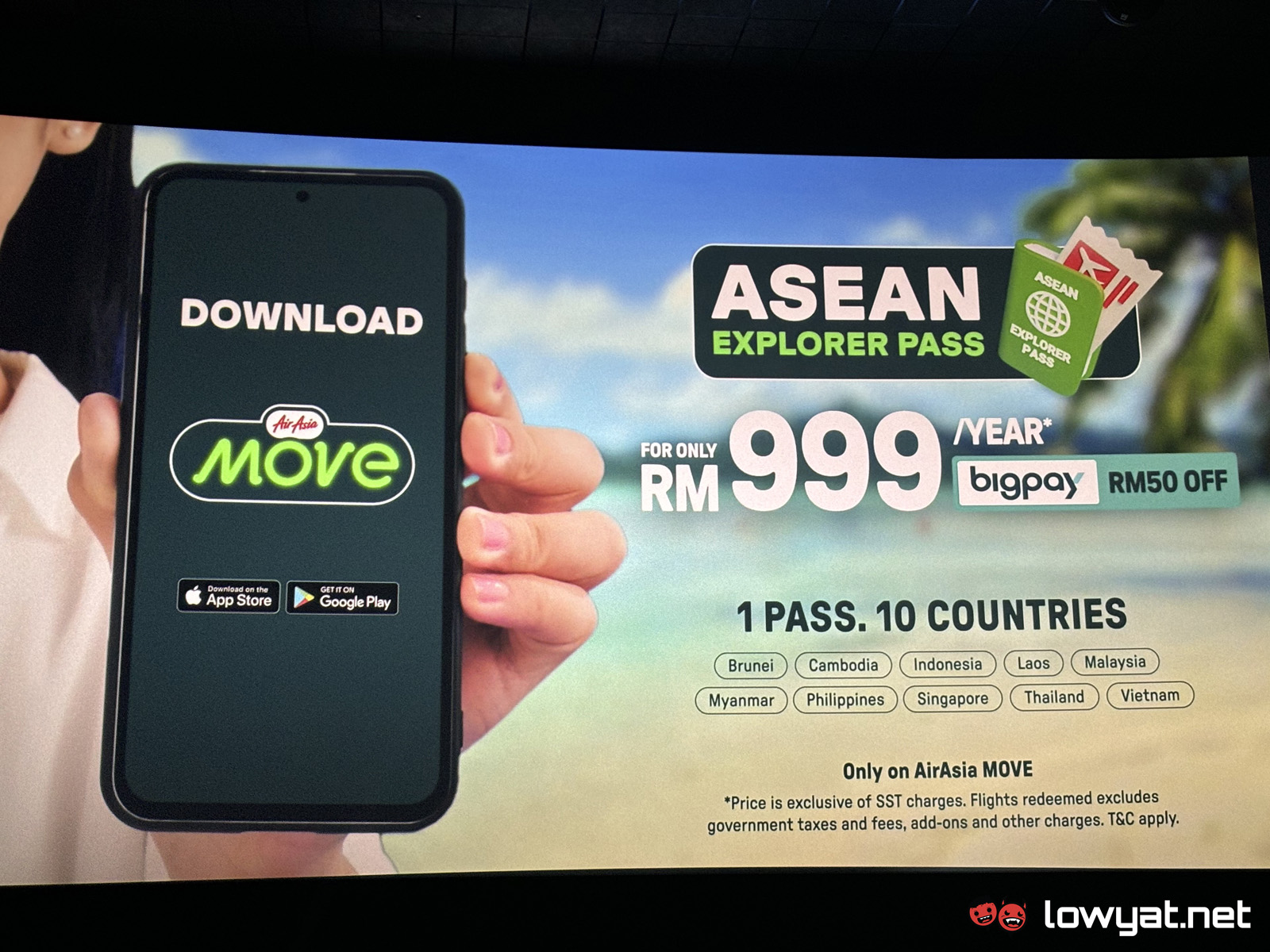AirAsia recently announced its new travel pass called the ASEAN Explorer Pass, which is an annual subscription that gives customers an unlimited number flights within the Asean region for a whole year. The new offer is meant to give you the opportunity to travel as much as you can at a relatively affordable price, but is it the best option for you?
In case you’re not aware, Malaysia Airlines, the country’s flagship carrier, launched its MHflypass ASEAN pass back in 2022 to compete with AirAsia’s Super Plus Unlimited plan. And while it’s more expensive, it does offer have certain advantages that its low-cost competitor does not provide. With that, which fixed-rate pass should you actually opt for?
Price
Let’s get one thing out of the way first. AirAsia’s ASEAN Explorer Pass is, without question, much cheaper than Malaysia Airlines’ MHflypass ASEAN. In other words, if you’re on a really tight budget with limited flexibility, the pricing might be the biggest factor for you.
The ASEAN Explorer Pass costs RM1,188 per year, which can be broken down to a monthly instalment of RM106.92. There is also a RM999 early bird promo until 30 April, as well as a RM50 discount if you opt to pay for the yearly fee using BigPay.
On the other hand, MHflypass ASEAN offers three options with a starting price of RM1,499 for Zone 1. If you opt for Zone 2 to unlock more destinations, it costs RM2,099 while Zone 3, which has the most to offer, is priced at a whopping RM2,699. More on the different Zones in a bit.
Destinations
For AirAsia’s offering, you can travel an unlimited number of times between any of the following countries:
- Malaysia
- Thailand
- Philippines
- Indonesia
- Singapore
- Brunei
- Cambodia
- Laos
- Myanmar
- Vietnam
A new addition that wasn’t available in the Unlimited ASEAN Pass is the ability to travel domestic routes in Malaysia, Thailand and Philippines, but this only applies for countries other than their own. This means that if you have a Malaysian passport, you can’t use it to travel between Kuala Lumpur and Langkawi. Similarly, a Thai pass holder can’t use it to travel between Bangkok and Krabi.
In Malaysia Airline’s case, the airline is a bit more restrictive about which routes you can take. For Zone 1 of the MHflypass ASEAN, you can only travel to and from KL, so you can’t fly from, let’s say, Bangkok to Jakarta. The destinations covered are Jakarta, Medan, Surabaya, Kertajati, Singapore, Bangkok, Phuket, Chiang Mai, Ho Chi Minh, Da Nang, Phnom Penh, and Yangon.
Zone 2 has the same destinations as Zone 1 but adds Manila, Hanoi, and Bali. Both passes also allow you to travel between Singapore and Subang using Firefly.
If you want to be able to travel between other countries without having to stop over in KL, you’ll have to opt for the pricey Zone 3 pass. This allows you to travel to and from any of the overseas destinations, but, notably, it even allows you to fly from overseas to Malaysian destinations other than just KL and Subang.
With the Zone 3 pass, users can travel from Jakarta, Manila, Bangkok, Singapore and more to Alor Setar, Langkawi, Penang, Kuantan, Kuala Terengganu, Kota Bharu, Johor Bahru, Kota Kinabalu, Tawau, Labuan, Sandakan, Kuching, Sibu, Miri, and Bintulu. Of course, this depends on whether the airline has a route between the two cities you want. Unfortunately, this pass does not cover flights from KL to other domestic destinations.
The Catches
A major catch for both of these passes is that they only cover the base fare, so you will still need to pay for airport taxes, fuel surcharges, and other fees every time you fly, as well as any add-ons that you want. All of this can add up to well over RM100 for each trip, which applies to both airlines. So the price you’re paying for these passes are nowhere near the actual cost of flights you’ll be taking within that one-year period.
To test out how much you would actually have to pay, I tried to see how much the charges and taxes added up to for flights from KL to Bangkok. For a RM161 AirAsia flight, the base fare only costs RM30 while all the other charges and fees added up to RM131, which is what you would have to pay even if you were flying using the ASEAN Explorer Pass. On the Malaysia Airlines side, a RM319 flight to Bangkok has a base fare of RM238, while the fees totalled up to only RM81.
Obviously, the fees will vary depending on your route. However, in the case of AirAsia, it seems that the additional charges not covered by the pass often cost a lot more than the tickets themselves.
One monumental advantage to getting AirAsia’s pass is that there is no limit to how many flights you can take within the validity period, as long as you don’t have more than three confirmed bookings at a time. On the other hand, Malaysia Airlines’ pass only gives you a total of six trips, or three return trips.
AirAsia also requires you to book flights at least 14 days in advance when you’re using the pass, whereas with Malaysia Airlines’ pass, you can book any available flight at any time as you normally would. This makes the latter more well-suited for those who don’t like to plan in advance.
Extra Perks

The ASEAN Explorer Pass comes with a ton of benefits, including a 30% discount voucher limited to RM50 for hotel bookings, which can be used an unlimited amount of times, 1,000 AirAsia points, one free airport transfer to or from KLIA/KLIA2, unlimited RM2 discounts for AirAsia Ride in Malaysia and, unlike the previous Unlimited ASEAN Pass, this new offer has no blackout dates. Unfortunately, it does not include check-in baggage while cabin baggages are limited to 7kg.
For MHflypass ASEAN, the pass gives you priority check-in, priority boarding, priority baggage, no embargo periods, 2,699 Enrich points, unlimited free flight changes, and the ability to board an earlier available flight on the same day. Moreover, you get a baggage allowance of 35kg for check-in and 7kg for cabin.
Conclusion

While the ASEAN Explorer Pass seems like the better deal at first glance, the fact that the base fare covered by the pass usually makes up less than half of the total fare means that you would need to take a lot of trips in order to recover the cost. For those who travel with check-in baggage, you would also need to purchase add-ons.
Meanwhile, the MHflypass ASEAN could actually save you money as the airline’s base fare often makes up the large bulk of the total trip price. In fact, it is practically a guarantee that the passes will be economically feasible if you’re planning on taking three return trips within the ASEAN region, but you’ll need to be smart about which Zone to purchase based on your needs.










